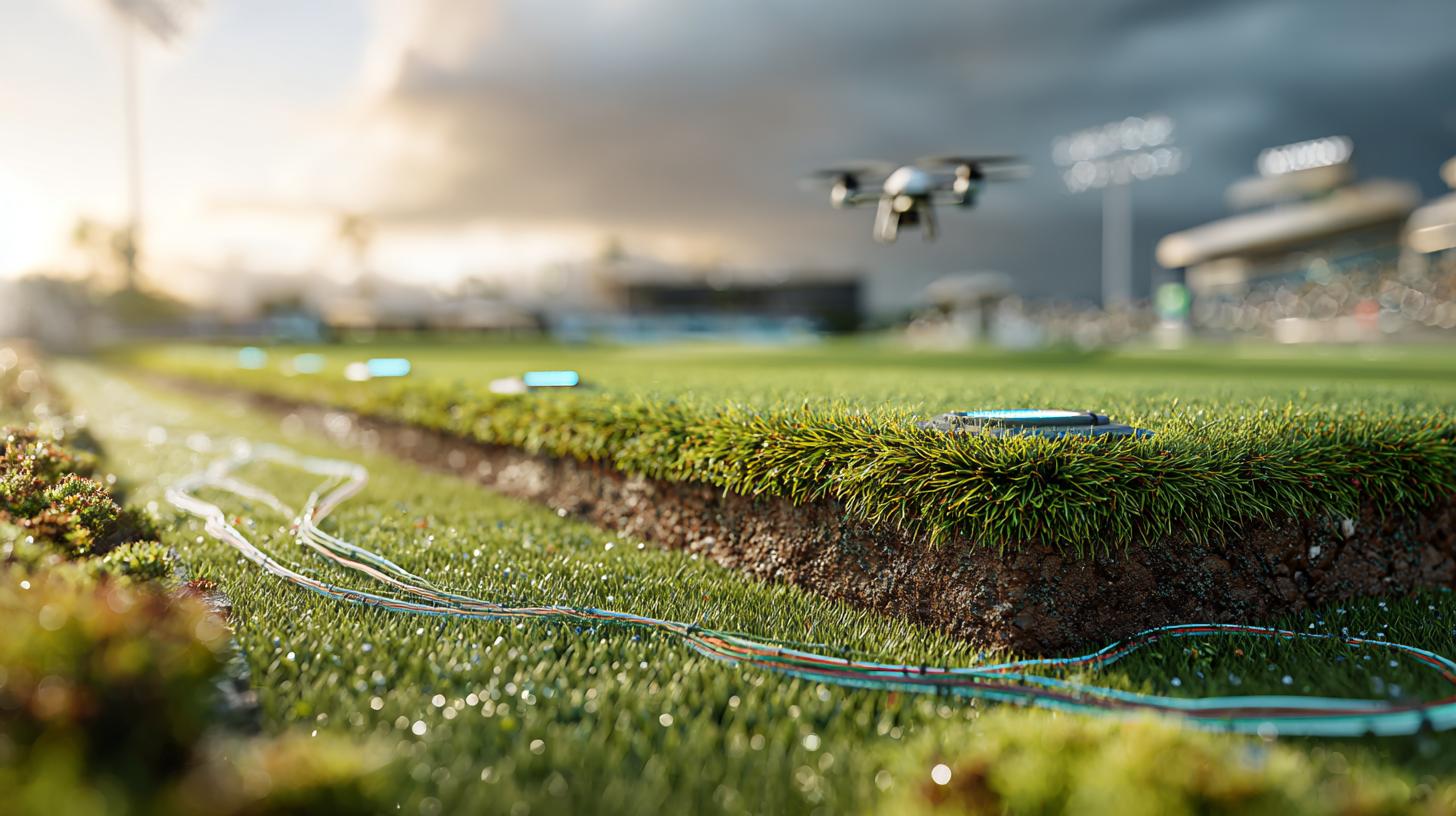Grass Network Requirements: Designing a Robust Smart Turf System
Whether you manage a golf course, a sports stadium, or a residential lawn, integrating advanced networked sensors into your turf management can transform the way you monitor moisture levels, soil health, and overall grass vitality. However, successful deployment hinges on understanding and implementing precise grass network requirements that balance coverage, power consumption, and data throughput. In this guide, we will walk you through everything—from selecting the right sensor nodes and gateway devices to optimizing bandwidth for real-time analytics—so you can build a scalable and reliable grass network infrastructure. You’ll discover actionable tips, industry best practices, and real-world examples that demonstrate how efficient turf network specs result in healthier, greener lawns while reducing water usage and maintenance costs. If you’ve ever wondered what goes into creating a truly connected grass IoT system, you’re in the right place.
Understanding Grass Network Requirements
Defining the Grass Network Concept
A grass network is a specialized Internet of Things (IoT) ecosystem designed exclusively for turf management. It connects distributed sensor nodes buried in or placed above turf to a central server or cloud platform. These sensors measure critical parameters such as soil moisture, temperature, pH levels, and light exposure. By establishing clear grass network requirements up front, you ensure each component—from wiring to wireless protocols—works in harmony for precise, real-time insights.
Key Benefits of a Well-Defined Turf Network
Implementing thoughtful turf network specs delivers multiple advantages. First, you gain data-driven irrigation, which reduces water waste and cuts utility bills. Second, continuous health monitoring helps detect disease or pests early, saving maintenance time and resources. Finally, a robust connection secures data transmission against dropouts in extreme weather conditions. In essence, investing in the right grass network requirements pays dividends through healthier grass, lower operating costs, and enhanced sustainability.
Key Components of Your Grass Network Infrastructure
Sensor Nodes and Installation Points
Sensor nodes are the foundation of any grass network. They come in wired and wireless models, each with trade-offs. Wired sensors offer stable power and consistent data, but cables can be cumbersome to install. Wireless sensors grant placement flexibility but rely on battery life and may face interference issues. When mapping your turf, plan node density based on field size, grass variety, and microclimates.
Gateway Devices and Data Aggregation
Gateways serve as bridges between sensor clusters and your central database. A typical grass network requirement is a gateway that supports multiple protocols—LoRaWAN, Zigbee, or Wi-Fi—so you can future-proof against technology changes. Position gateways at elevated, sheltered locations to maximize signal range and reduce physical obstruction. Look for models with built-in redundancy and failover capabilities to maintain uptime during power or network interruptions.
Connectivity Technologies
- LoRaWAN: Excellent range (up to 15 km in open fields) and low power consumption, ideal for large golf courses.
- Zigbee: Mesh capability for densely packed stadiums, but requires more nodes per square meter.
- Wi-Fi: High throughput for video or high-resolution imaging but limited coverage and higher energy demands.
- Cellular (4G/5G): Ubiquitous coverage, pay-as-you-go billing, and minimal on-site hardware, though ongoing service fees apply.
Optimizing Performance: Actionable Tips
Balancing Bandwidth and Latency
Grass network requirements often emphasize low data rates over real-time video, but latency still matters for instantaneous alerts. Prioritize lightweight telemetry—such as delta updates on moisture changes—instead of bulk uploads. Configure your Quality of Service (QoS) settings to ensure moisture alarms and critical updates bypass less important traffic.
Power Management for Field Sensors
Customizing sleep-wake cycles helps extend battery life dramatically. You can schedule intensive readings at dawn and dusk, then switch to hourly monitoring during off-peak hours. Consider solar-recharged battery packs for remote zones to reduce maintenance visits. In any case, calibrate sampling frequency based on seasonal growth cycles and weather forecasts.
Network Security Best Practices
Don’t overlook cybersecurity when defining grass network requirements. Enable end-to-end encryption (AES-128 or stronger) for data in transit and at rest. Implement authentication tokens or digital certificates for each sensor and gateway. Regularly update firmware to patch vulnerabilities and segment your turf network from other facility systems to limit lateral access in the event of an intrusion.
Case Study: Sunny Greens Golf Club’s Smart Turf Initiative
At Sunny Greens Golf Club, maintenance costs once consumed nearly 30% of total operating budgets due to over-watering and reactive disease management. After outlining precise grass network requirements—including 150 LoRaWAN sensors, three high-capacity gateways, and an Azure-hosted analytics dashboard—the course saw dramatic improvements. Water usage dropped by 25% in the first season, while turf health metrics improved by 40%. Ground staff now receive mobile alerts for anomalies, allowing them to address potential issues before they escalate into costly repairs.
Common Challenges and Solutions
Environmental Interference
Heavy rain, high temperatures, and nearby metal structures can degrade signal quality. To combat this, use IP68-rated sensor enclosures and choose antennas designed for outdoor use. Proper line-of-sight planning and periodic signal tests reveal dead zones before they affect data quality.
Scaling Across Multiple Sites
Multi-site deployments can face inconsistent connectivity and varying regulatory requirements. Standardize on a modular architecture with cloud-managed gateways, so each location follows the same grass network specifications. This approach simplifies firmware updates, compliance checks, and staff training across all venues.
Ready to Grow Smarter?
By now, you have a clear roadmap to define and implement your ideal grass network requirements—from picking sensor nodes and gateways to securing and optimizing every connection. If you’re ready to unlock data-driven turf management and reduce maintenance costs, don’t wait another day. Contact our team for a free network assessment, or learn more about our tailored smart turf solutions and take the first step toward a greener, healthier lawn.


Comments are closed